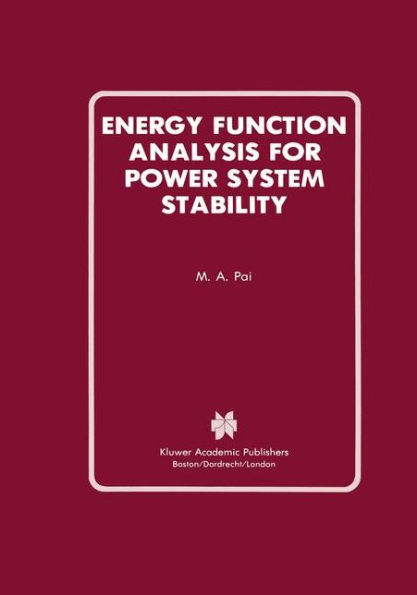5
1
9780792390350


Energy Function Analysis for Power System Stability / Edition 1 available in Hardcover

Energy Function Analysis for Power System Stability / Edition 1
- ISBN-10:
- 0792390350
- ISBN-13:
- 9780792390350
- Pub. Date:
- 08/31/1989
- Publisher:
- Springer US
- ISBN-10:
- 0792390350
- ISBN-13:
- 9780792390350
- Pub. Date:
- 08/31/1989
- Publisher:
- Springer US
299.99
In Stock

Product Details
| ISBN-13: | 9780792390350 |
|---|---|
| Publisher: | Springer US |
| Publication date: | 08/31/1989 |
| Series: | Power Electronics and Power Systems |
| Edition description: | 1989 |
| Pages: | 240 |
| Product dimensions: | 7.01(w) x 10.00(h) x 0.02(d) |
From the B&N Reads Blog
